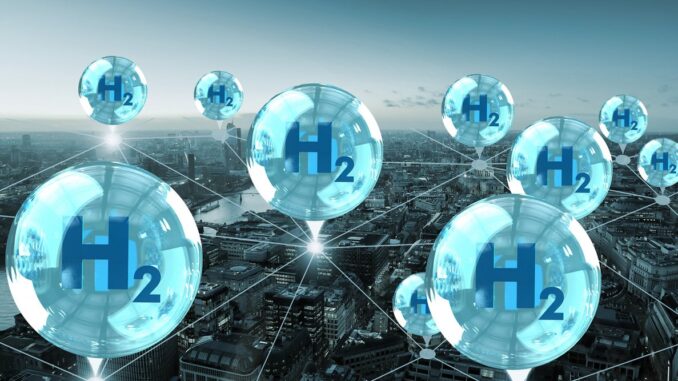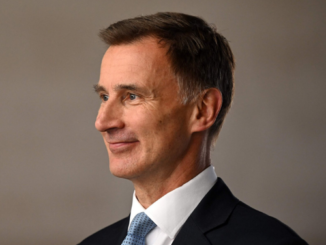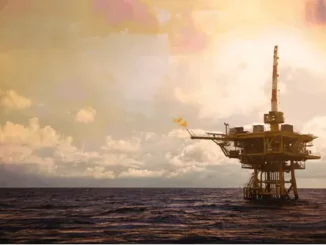
Back in the summer, there were signs that the consensus around Net Zero policy was starting to crack. The Prime Minister, Rishi Sunak then made his speech that watered down some Net Zero commitments and promised “a more pragmatic, proportionate and realistic approach that eases the burdens on families.” However, in the run-up to Christmas, the Department for Energy Security and Net Zero (DESNZ) made several worrying announcements about hydrogen policy.
Unfortunately, the announcements mark the end of the pragmatic approach to the Net Zero insanity and demonstrate that the Government has no idea about economics, thermodynamics or energy and has gone completely insane. Of course, consumers will pick up the tab.
On December 14th, the Government used the distraction of the COP28 meeting to announce updates to its hydrogen policy. There was a new hydrogen production delivery roadmap, an announcement of the results of a consultation on blending hydrogen into the gas distribution network and a strategic policy decision on the same topic.
The Government has a vision of up to 10 GW of hydrogen production capacity to be delivered by 2030, subject to “affordability and value for money”. This capacity would comprise 6 GW of ‘green hydrogen’ produced from electrolysis powered by renewables and 4 GW of ‘blue hydrogen’ produced from natural gas with the emissions captured (CCUS). The trouble is, its roadmap to 2030 only includes 4 GW of capacity and some of that does not deliver until 2031, so its own roadmap will not achieve its vision.
The Government expects its 10 GW vision to produce 60 TWh per year of hydrogen with 33 TWh of the total being blue hydrogen and the balance being green hydrogen. It is fortunate that its route map does not meet its vision because its estimate of hydrogen demand is only 18-40 TWh – well short of the supply of 60 TWh envisaged.
It recognises this mismatch between supply and demand and suggests that transport and storage infrastructure might be in place by then, so some of the excess could be stored. Although why would we want to store lots of hydrogen if supply is exceeding demand by such a vast amount? In case the storage capacity is insufficient, the Government sees “strategic and economic value in supporting blending” into the natural gas distribution network. It sees the gas network as the “offtaker of last resort”, although it has not yet formally taken the decision to blend hydrogen into our gas.
These announcements will have a significant impact on several areas including electricity demand, the size of our energy bills and the overall efficiency of the energy system.
Given the low efficiency of producing hydrogen using electrolysis, the 26 TWh of ‘green’ hydrogen (powered by renewables) would require about 49 TWh of electricity, which is more than the 45 TWh of electricity produced by the entire offshore wind. Even if it only achieves the 4 GW of total capacity outlined in its roadmap, then it would still need 20 TWh of renewable electricity to make the required amount of green hydrogen. It is clear to see that to make the amount of hydrogen in either the lower roadmap or the higher vision, then we would need more electrical generation capacity.
With renewable energy then being largely occupied with making hydrogen, this likely means we would have to burn more gas to keep the lights on, the heat pumps running and the EVs charged. This would be a bonanza for gas suppliers, but mostly those from overseas as the ban on domestic fracking continues. So much for energy security and the COP28 commitment to transition away from fossil fuels.
Even though the Government has committed to a value-for-money test, its hydrogen plans will increase our energy bills. The announced 11 green hydrogen projects were approved at a weighted average strike price of £241 per MWh (in today’s money). This is more than double the £112 per MWh (in 2020 money) that the Government estimated to produce hydrogen using dedicated offshore wind in its 2021 ‘Hydrogen Production Cost Report‘.
To put this in context, U.K. Natural Gas has recently been trading at the equivalent of around £33 per MWh, which is more than seven times less than the proposed cost of electrolytic hydrogen. Moreover, our gas is already about four times more expensive than U.S. gas. The consumer will lose out massively when this extremely expensive hydrogen is almost certainly blended into the gas network. Of course, the developers will be delighted to receive such high guaranteed prices.
These proposals will also reduce the overall efficiency of our energy system. If hydrogen is produced from natural gas with carbon capture (CCUS), around half of the energy in the gas will be lost in the process. In short, this is a crime against thermodynamics. It makes no sense at all to take methane, use it to produce hydrogen and then blend that hydrogen back into the gas network. It adds cost, reduces efficiency and will increase consumer bills. More natural gas will be used to deliver the same energy from the gas network with blended hydrogen, and of course higher demand for gas means higher prices.
The hydrogen roadmap will fail to achieve even half of the Government’s vision for 10 GW of hydrogen production capacity by 2050. Its vision entails producing 50% more hydrogen than even its most optimistic demand forecast, so it wants to fall back on injecting said hydrogen into the gas network. But this plan has not yet passed the required safety tests and will require legislative change to deliver.
The idea of producing more than half of the hydrogen using methane, losing half of the embedded energy in the process and then injecting much of it back into the gas grid is beyond insane. To avoid any doubt the Government’s insanity, it also proposes to produce the remaining hydrogen at a cost that is more than seven times the current cost of gas. Of course, this is all subject to the fig leaf of a value for money test. If value for money was even a secondary consideration this crackpot idea would have been abandoned long ago.
Taken together, these plans will increase the demand for gas and actually decrease the amount of useful energy we get from it. But because the Government has committed to “transition away” from fossil fuels, there are no plans to increase domestic supplies of gas from fracking. No, we will have to import it at great cost from the world’s despots.
Of course, these plans will be a gold mine for gas suppliers, for gas network operators, electrolyser makers and hydrogen producers. For the rest of us, it means much higher energy costs. It will be the end for heavy industry and a disaster for consumers. So much for a more pragmatic, proportionate and realistic approach that eases the burdens on families.



